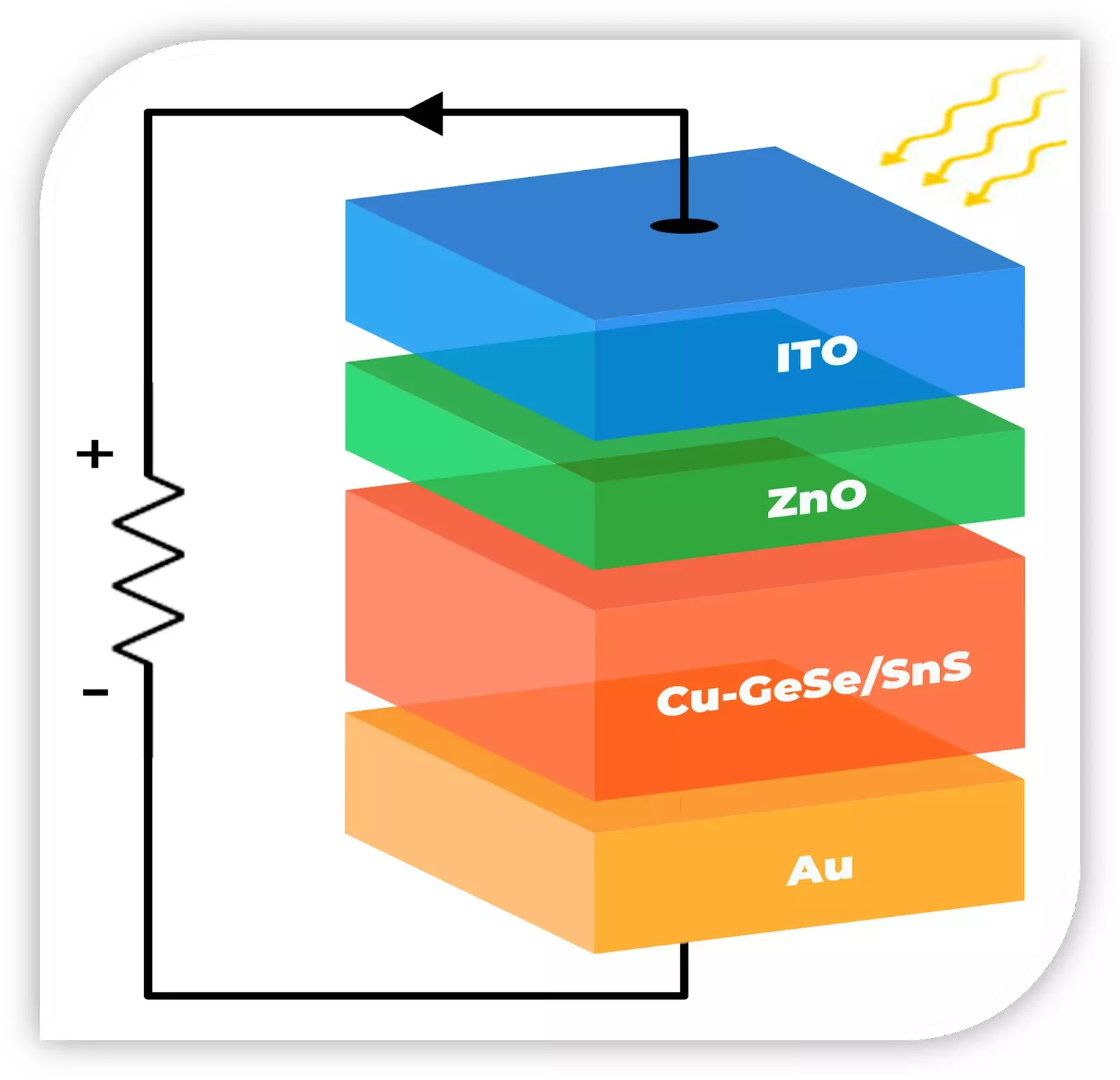A team of researchers from Lehigh University recently unveiled a groundbreaking material that has the potential to revolutionize the efficiency of solar panels. The material, when used as the active layer in a solar cell, boasts an impressive average photovoltaic absorption of 80%. This is coupled with a high generation rate of photoexcited carriers and an external quantum efficiency (EQE) that reaches an unprecedented 190%. These remarkable figures significantly surpass the theoretical Shockley-Queisser efficiency limit for silicon-based materials, propelling the field of quantum materials for photovoltaics to new and exciting heights.
The key to the material’s remarkable efficiency lies in its unique “intermediate band states.” These specific energy levels within the material’s electronic structure are strategically positioned to optimize solar energy conversion. The energy levels of these states fall within the optimal subband gaps of approximately 0.78 and 1.26 electron volts. Moreover, the material demonstrates exceptional absorption capabilities in the infrared and visible regions of the electromagnetic spectrum. This contrasts with traditional solar cells, which are limited to a maximum EQE of 100%.
The development of this novel material involved leveraging “van der Waals gaps,” which are atomically small spaces between layered two-dimensional materials. By inserting atoms of zerovalent copper between layers of germanium selenide (GeSe) and tin sulfide (SnS), the researchers were able to create a material with unprecedented efficiency. The prototype, developed by the team using extensive computer modeling, clearly illustrates the potential of this material for advanced photovoltaic applications. This innovative approach offers hope for substantial improvements in solar energy conversion and represents a promising step towards addressing global energy needs.
While the full integration of this material into existing solar energy systems requires further research and development, the experimental technique utilized by the researchers is highly sophisticated. Through precise insertion of atoms, ions, and molecules into materials, scientists have honed a method that enables the creation of advanced quantum materials such as this. The implications of this breakthrough are vast, offering a glimpse into the future of solar energy where efficiency improvements could play a crucial role in meeting the world’s growing energy demands.
The development of this novel material by researchers at Lehigh University represents a significant advancement in sustainable energy solutions. By pushing the boundaries of solar energy efficiency to unprecedented levels, this breakthrough has the potential to redefine the landscape of renewable energy. As we continue to seek innovative approaches to address the challenges of climate change and energy sustainability, advancements in materials science such as this will undoubtedly play a crucial role in shaping the future of solar power.


Leave a Reply